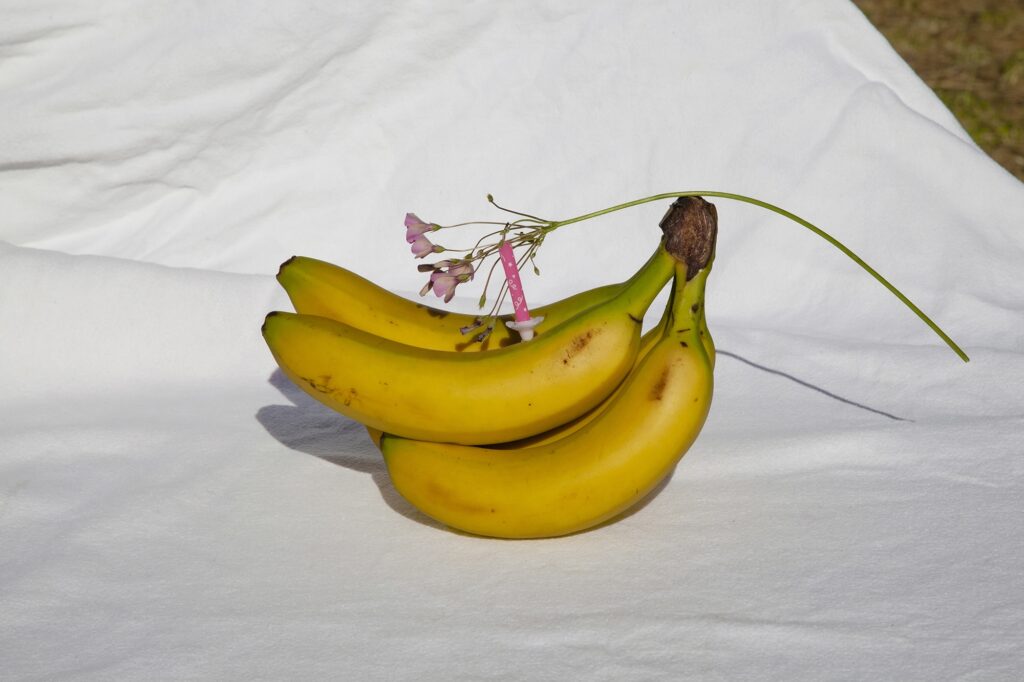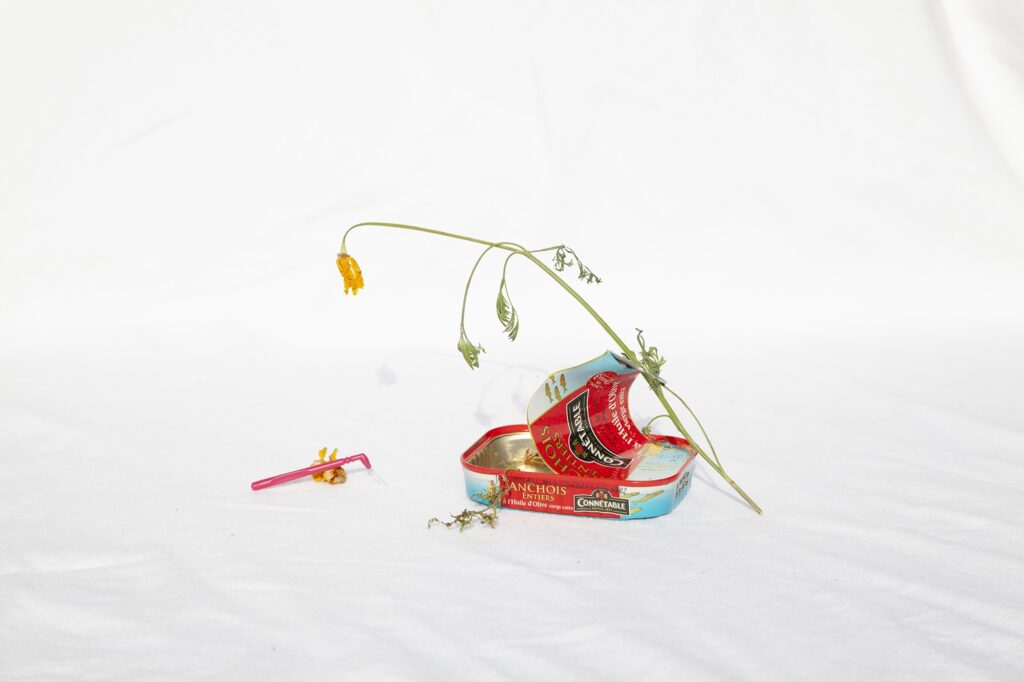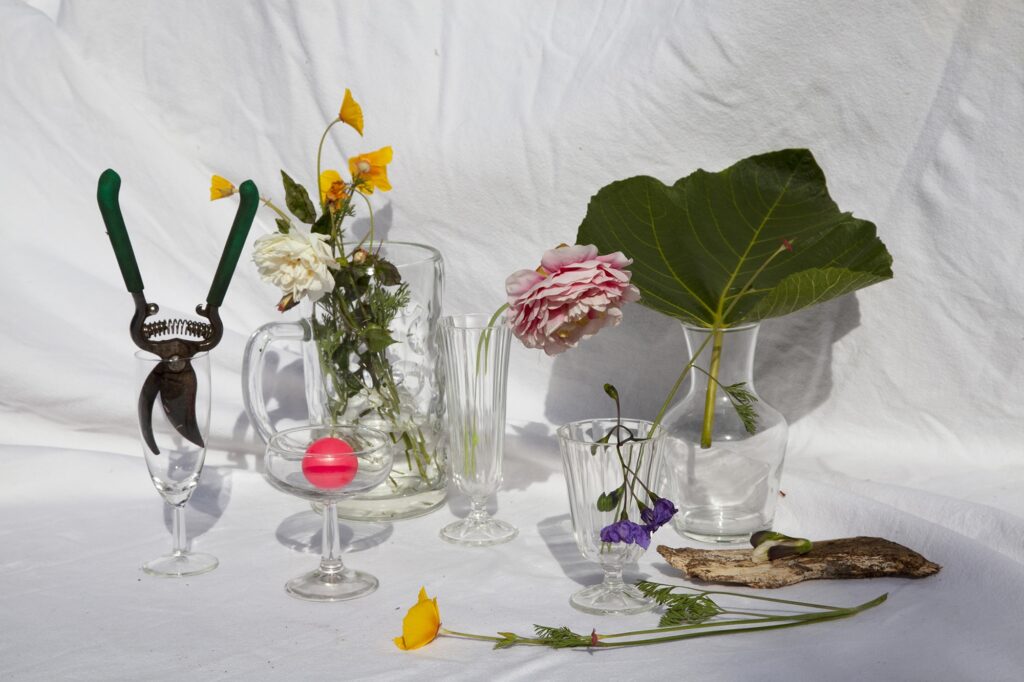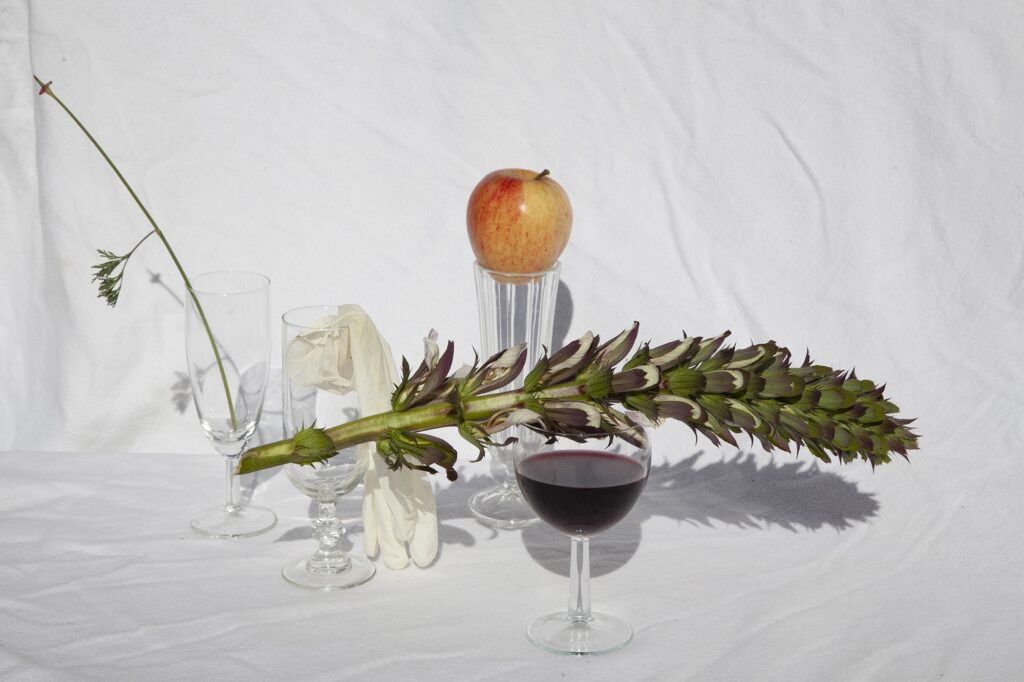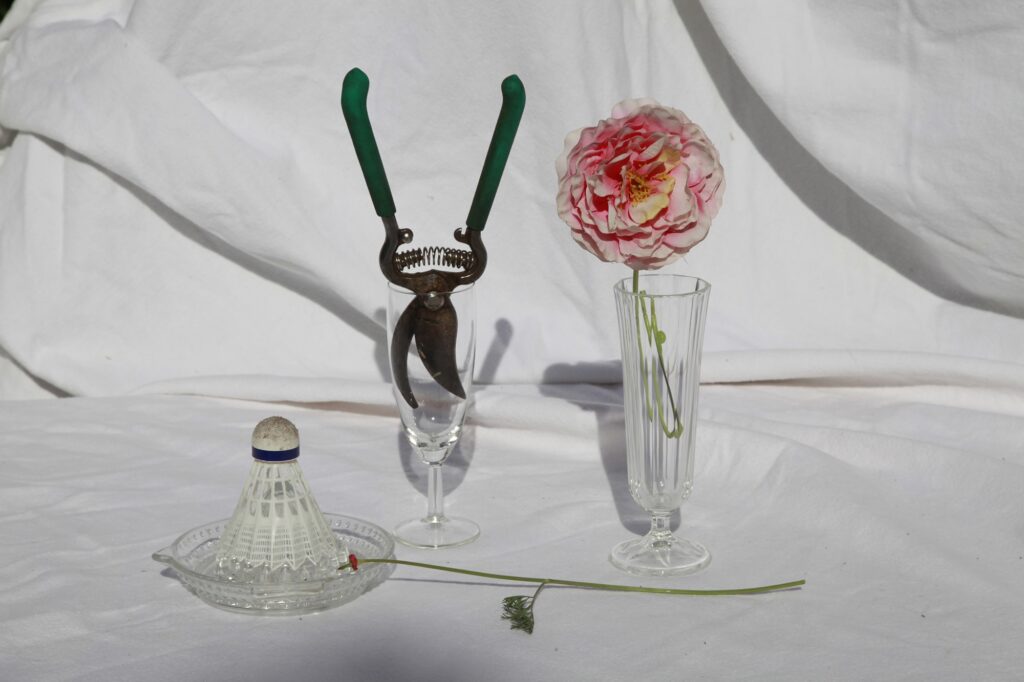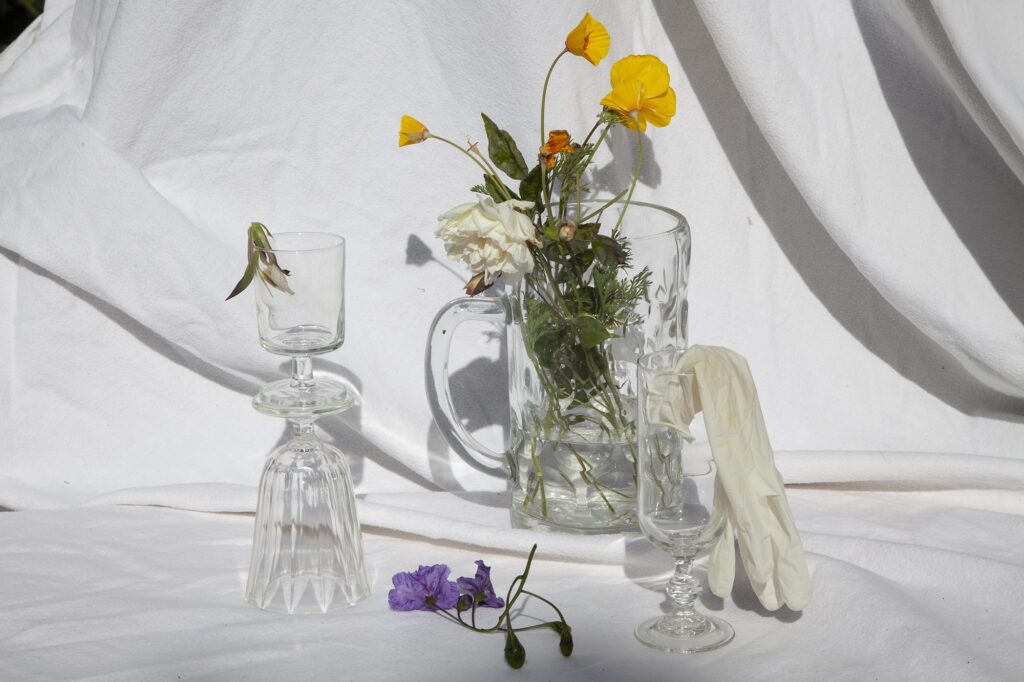Breaking the spell
My Cap Ferret still life’s represent an apparent hiatus. The lock- downs related to the COVID-19 pandemic were of course an exceptional phenomenon, and for many people, artists or not, were a time of quiet reflection, of greater introspection and in- timacy (or anxiety, anguish, at worst tragedy) than usual. In my case, a friend’s mother agreed to allow me and a small group of close friends to escape to the seaside villa she’d built for herself and her children in the 60s, set among pine trees on a strip of land between the ocean and a lagoon, south of Bordeaux, in France. The weather, during this first lockdown, was unwaveringly beautiful, and the ocean light was superb, bringing out sharp details and colours. Isolated in this former family getaway, taking turns to cook, walking over the dunes, making our own amusements, spending quiet evenings around the wood fire… the six of us developed a closeness and intimacy we’d seldom known before. It was a magical, almost mystical experience, an idyll. But we knew that at the same time, Madame B., who had loaned us her family’s holiday home, was dying, and during lockdown, she passed away. We were unable, with COVID restrictions, to attend her funeral, but were able to join her descendents when they deposited her ashes in the local cemetery, before ‘breaking the spell’ and scattering as lockdown was lifted.The still life photos I made at this time encapsulate, I hope,the idyllic but bittersweet nature of the time we spent there, the special poignancy of the circumstances. Though no people are involved, they can still be seen as ‘staged’, though on a smaller, more intimate scale, and still recall painted works indeed, I hope that they maintain a degree of ambiguity as to whether they actually are photos or paintings. They gather together items from the family’s long-past summer holidays in the house, things that are no longer alive, some of them worn, broken or dysfunctional, but that have lived, with a living family, been a part of their childhood: young days and old memories. The works are in part a tribute to the woman who gifted us with this magic moment, and who left us during the pandemic, but somehow lived on among us via her things: her coffee cup, a pair of gloves, some withered flowers, old birthday candles, a worn shuttlecock, a garden tool, an empty can, random, abandoned objects, this and that… As such, they are of course a classic vanity or memento mori, a comment on life, death and transience, filled with nostalgia for both our own past, wherever we lived it,and the past of the family whose holidays once filled the house with joy. But (the glitch again, the displacement…) in my photos they appear bathed in the glorious coastal light that encapsulates our own unique and joyful experience of the house and its surroundings, cut off, in a kind of golden glow, from the anxieties of the outside world at that exceptional time.

